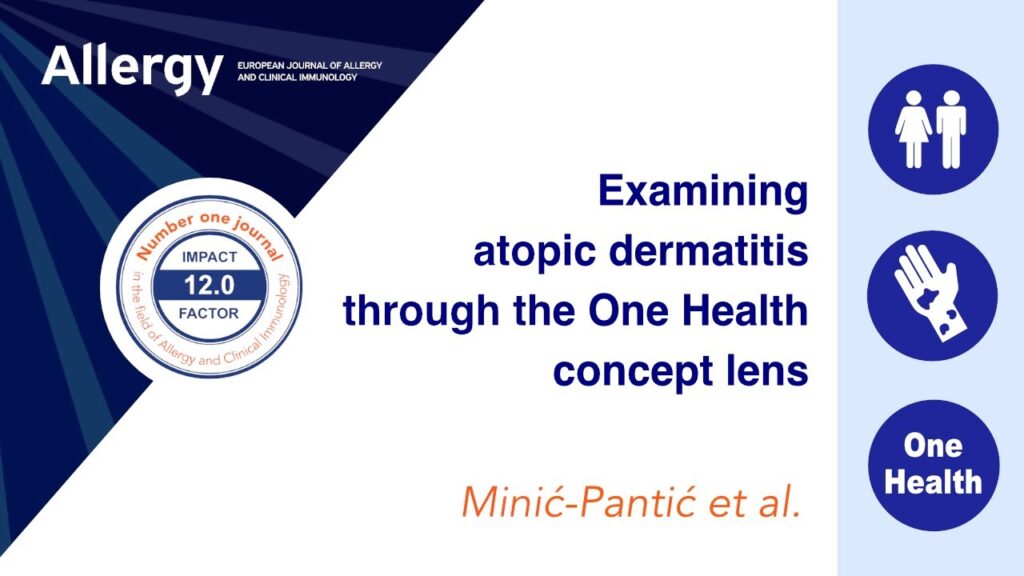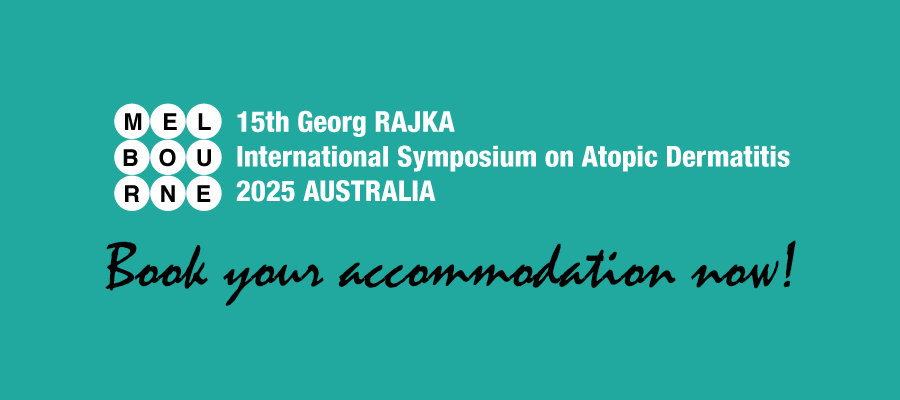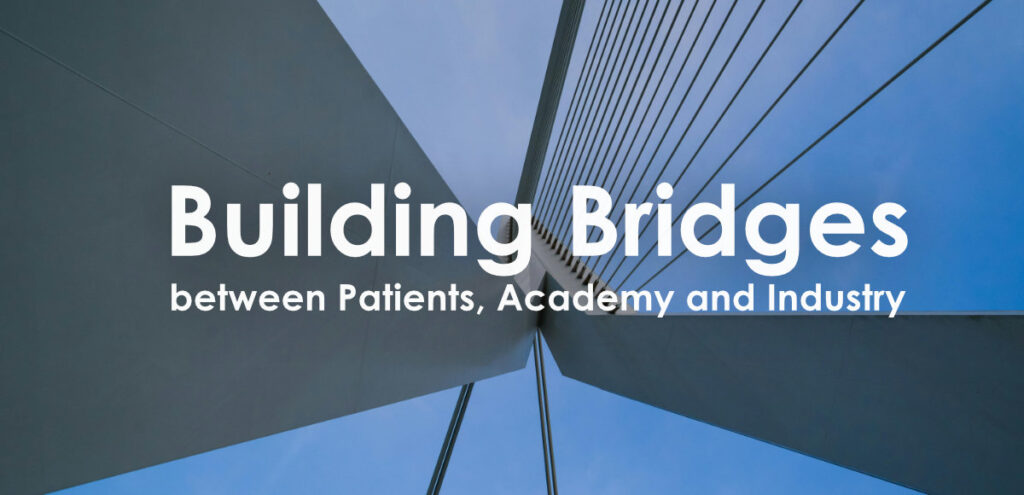Better Worldwide Emollient Access for Atopic Dermatitis: Building Bridges between Patients, Academy and Industry
The recent inclusion of urea 5% and glycerol 15–20% moisturizers on the WHO Essential Medicines List (EML/EMLc) marks a watershed moment for atopic dermatitis care — and a turning point for millions of underserved patients in low- and middle-income countries (LMICs).
For decades, emollients have been recognized as the cornerstone of atopic dermatitis management, yet they have remained largely inaccessible in many LMICs, trapped in a paradox: classified as cosmetics, burdened by import tariffs, and unaffordable for health systems and families alike. With their new EML status, these simple, safe, and effective formulations are now acknowledged as essential medicines, opening the door to national procurement, public reimbursement, and global health funding mechanisms.
This is more than a regulatory success — it is a strategic bridge linking three vital stakeholders:
- Patients gain the prospect of continuous, affordable treatment, reducing disease burden and improving quality of life.
- The academic dermatology community led by ISAD gains a platform to shape public health policies, build clinical training tools, and support national formularies in recognizing and funding emollients.
- Industry partners gain a clear framework for developing low-cost, high-volume essential products, shifting from niche cosmeceuticals to sustainable public health solutions.
The EML listing also creates a strong incentive for pharmaceutical companies and contract manufacturers to establish local production or license local compounding, reducing costs and facilitating these products to be registered as medicinal products rather than cosmetics. This enhances their trust and increases the well-being of the patients. Companies may also market their participation as part of equitable access and environmental, social and governance (ESG) initiatives, strengthening their reputational standing while expanding into new public health markets.
Early industry interest is encouraging: discussions are already under way with several companies, who have expressed readiness to adapt their formulations into EML-compliant therapeutic moisturizers for the public sector. Market forecasts suggest that even reaching 25% of the estimated 116 million atopic dermatitis patients in LMICs could create a $600–700 million annual market, while keeping unit costs low enough for national health budgets and NGOs to absorb. This is the rare example of a true win-win model: high social impact, stable public demand, and sustainable commercial viability.
This achievement reflects the collaborative spirit that defines ISAD. We warmly thank the ISAD writing group behind the EML application, whose tireless efforts brought together technicians, pharmacists, academic dermatologists, and industry experts* to produce the robust scientific, clinical, and economic evidence needed for WHO approval. Their work has not only reshaped global guidelines but has laid the foundation for an equitable future in atopic dermatitis care.
As this journey now shifts from policy to implementation, ISAD stands ready to support ministries of health, NGOs, and industry partners in accelerating access. Together, we can turn this milestone into a movement — ensuring that every child and adult with atopic dermatitis, no matter where they live, has access to the simple yet life-changing therapy they need.
*The composition of the writing group for the submission was as follows: Alain TAÏEB (Dermatologist, ISAD France, Chair), Marie LODEN (Pharmacist and Dermatologist, Eviderm Institute AB Sweden, Co-chair), Peter SCHMID-GRENDELMEIER (Dermatologist, ISAD Switzerland), Andreas WOLLENBERG (Dermatologist, ISAD Germany), Erere OTROFANOWEI (Dermatologist, ASDV, ISAD Nigeria), Ousmane FAYE (Dermatologist, ISAD Mali), Gianni BARATTO (Pharmacist, UNIFARCO, Italy), Andrea BARATTO (Pharmacist, UNIFARCO, Italy), Roberta MILANI (Pharmacist, UNIFARCO, Italy), Sophie WEBER (Engineer, NAOS, France)
Atopic Dermatitis Course on Black Skin
After a long delay, the AD course on black skin, targeting Sub-Saharan Africa primary care, is now available in English, French, and Portuguese —the three main international languages spoken in the region— as well as in Spanish, which will also help reach other parts of the world, particularly South America alongside Portuguese.
Examining Atopic Dermatitis through the One Health Concept Lens
The paper is hopefully Open Access thanks to the Couperin consortium and INSERM.
Please inform your networks!

Alain TAÏEB from the University of Bordeaux, France, presents their review article published in Allergy:
D. Minić-Pantić, et al., “Examining Atopic Dermatitis Through the One Health Concept Lens,”
Allergy (2025), https://doi.org/10.1111/all.70080.
RAJKA-ISAD Melbourne 2025 UPDATES

GET READY FOR MELBOURNE!
- Check the latest version of the Program:
The Poster session schedule will be announced next week! - Speakers must send their files before October 16th (hard deadline):
➜ Check the guidelines here - Book your accommodation at the Grand Hyatt Melbourne before it is too late!
➜ Some few rooms are still available, do not let them pass!
#StayInformed:
Explore the Latest in AD Research!
News on PubMed:
Dive into our curated selection of cutting-edge studies from PubMed, offering valuable insights into various aspects of Atopic Dermatitis:
- How S. aureus sticks to AD skin
- Soy’s hidden link to worsening AD
- Demodex mites in dupilumab treated AD patients and lash collarettes
- Dog exposure and genetic risk of AD: aprotective interaction
- Bridging two worlds: evidence-based guidelines for AD integrating traditional Chinese medicine
